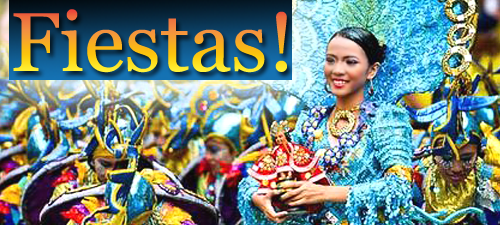
EXPRESSION OF FAITH AND HOPE
The paról (pronounced “pah-roll” with a rolling “r” largely because it stems from the Spanish word for lantern, farol) is an instantly recognizable symbol for all Filipinos. It represents the guiding star which the Three Wise Men – namely, Apellus (Gaspar), Amerus (Melchior) and Damasius (Balthazar) followed to the manger of the newly-born child Immanuel. In that long journey, they brought with them gold, frankincense and myrrh as gifts thus inaugurating the gift-giving custom of Christmas.
There is no greater embodiment of the Filipino Christmas spirit than the paról. All through the Christmas season, star-shaped lanterns can be found hanging outside homes on doors, windowsills and trees and along the streets and avenues of cities, small provincial towns, farms and fishing villages. For Filipinos, making a paról and then decorating and lighting it all up is an exercise in and an outward expression of peace and goodwill to all.
TO LIGHT THE WAY
Some history textbooks explain that that the paról was originally used during Christmas in the Philippines during the Spanish Colonial Period as a means to light the pathway to church to attend the daily Misas de Aguinaldo (or “Gift Masses”, which begin on the 16th of December) and ending with the Misa de Gallo (or “Mass of the Rooster” at midnight of Christmas Eve). The midnight mass is usually followed by a lavishly laid-out meal at home, which is always anti cipated by children who are always conspicuously present.
The earliest paróls were traditionally made from simple materials like bamboo sticks, Japanese rice paper, crepe paper, and a candle or coconut oil-lamp for illumination; although the present day parol can take many different shapes and forms.
Around Manila particularly during the yuletide season, paróls made of Capiz shell or plastic brighten up the city in an explosion of colour. One of the most spectacular innovations that have been introduced can be found in the city of San Fernando City in the Province of Pampanga where 20-foot tall paróls with kaleidoscopic blinking lights are literally paraded through the streets on truck beds.
Watch The Video
SPIRITUAL UNDERPINNINGS OF CHRISTMAS
Known as the “Land of Fiestas”, Christmas in the Philippines is the most anticipated one of each year. The splendidly cooler climate of this tropical island nation at this time of the year, the abundance of its flora above and below its seas, the sublime beauty of its rural landscapes, the multitude of its culinary delights, and above all this its warm-hearted people with their true devotion to family and faith all hark back to a time in a manger where a child was born and where angels declared peace and goodwill to all men at his coming.
Because the Philippines happen to be the only Asian country where Christians predominate, Christmas is therefore an extremely important and revered occa sion for most Filipinos. It is a day of family closeness, and everyone wishes good cheer and glad tidings. It is a time when family members and friends all come together in a festive mood to reestablish and strengthen their bonds by celebrating the abundance of life in what is a series of gatherings rather than an event with food, fun and fellowship.
It is a Filipino tradition for children to visit their grandparents and elderly relatives on Christmas Day. The centre of family Christmas gatherings is always the ‘Lolo’ and ‘Lola’ – the endearing term used for addressing the family pat riarch (grandfather) and matriarch (grandmother), who are deeply respected and highly revered.
As a sign of respect called ‘Mano Po’ a child requests his or her grandparent or other family elder to extend a hand. With head bowed the hand is taken pressed lightly unto the child’s own forehead in a gesture of reverence. In return, the child receives a blessing with the words “God bless you”.
At first, it may look strange if you’re unfamiliar with the practice, but in reality, it represents the continuation of life passed down through the generations and the spiritual underpinnings of what Christmas is all about.
End of Series.

 During the Spanish
During the Spanish





























